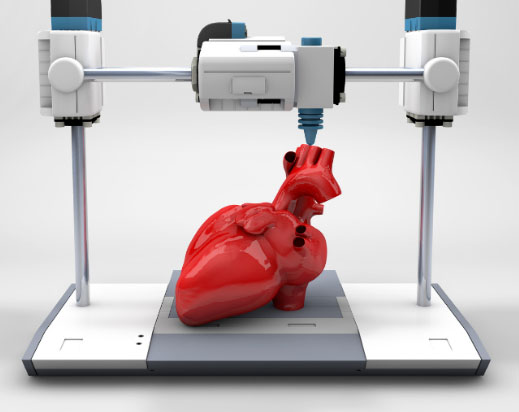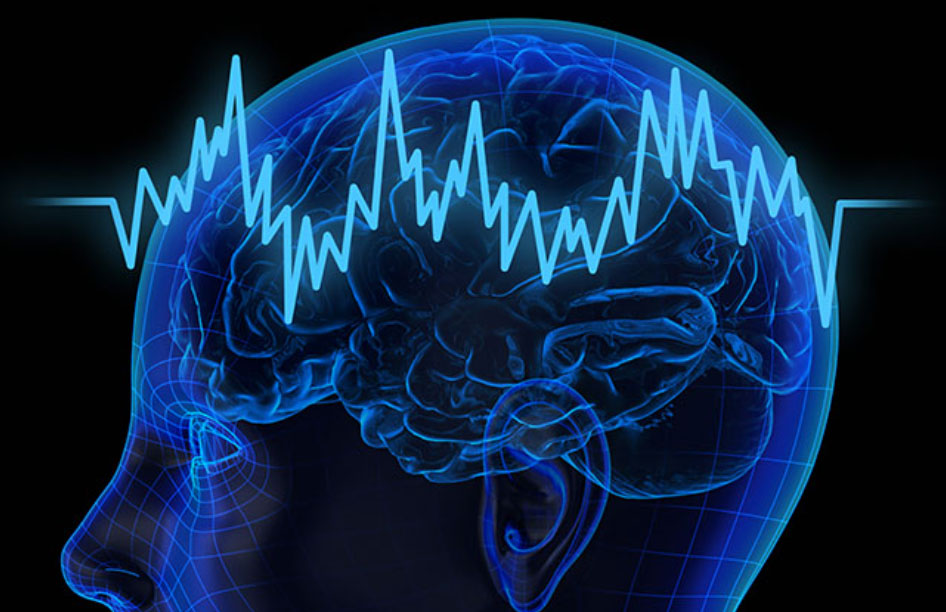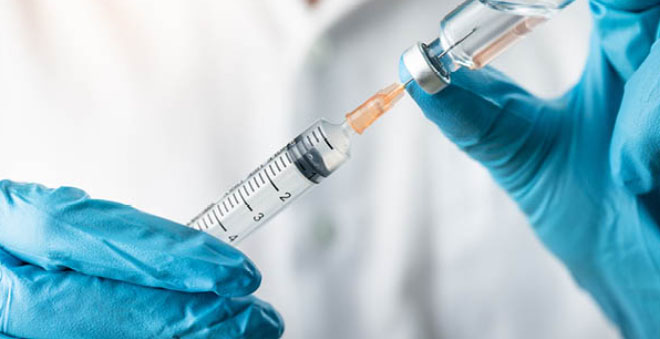Technology in medicine has a long history, with advances pushing forward and saving countless people. There is a constant drive for technological advancement in medicine, and it is difficult to predict where this will lead. We take a look at some of the newest medical technologies of 2022.
Contents
3D Printing
While the use of 3D printers is more and more common in many people’s lives, it is also making advances in medicine. 3D printing can be used to produce exact implants for the patient, or new even joints during a surgery procedure.
As this technology matures, these printed medical components will get better and better and increase in use to cover more health care requirements. They are finding more uses in prosthetics, to improve comfort as they can be tailored exactly to requirements.
3D printing can also be used to help improve surgical outcomes by training the surgical team. 3D printers can be used to create an exact replica of the patient, allowing surgeons to run through the procedure multiple times, which should allow for better results.
AI
While AI has been around for many years, its real benefits of it are being seen more clearly in medicine. AI is being used to detect disease faster and confirm diagnosis more accurately and quicker.
Mammograms can be reviewed 30 times faster and with much greater accuracy thanks to AI. It is also developing the treatment and early assessment of patients more likely to suffer from heart disease. Doctors are increasingly relying on it to create more comprehensive treatments, that promise to help patients better manage their condition more efficiently and effectively.
AI has also shown benefits in research and development to produce better drugs at a faster pace. This has not only cut the time it takes to get new drugs to market but also dramatically cut the costs involved in such an endeavor.
Telemedicine and Telehealth
The COVID pandemic did many things to change people’s everyday lives. It changed the way we do things, often choosing to use the remote option if and when it is available. This trend continues with one more people choosing telemedicine instead of a visit to a regular doctor.
While this wasn’t a new industry, it has certainly come on leaps and bounds thanks to COVID-19. Telemedicine offers great convenience and can even be cheaper than traditional options. It also enables people with mobility issues to more easily get the help that they need.
Telehealth options have become more mainstream, catering to different treatment requirements. However, as with anything, there are people looking to manipulate the situation to their advantage and scam people looking for medical help. There are many online pharmacies that might appear to be legitimate sources of telehealth when they are not.
To avoid problems when going online for telehealth and pharmacy services, you do need to be careful, and online pharmacy reviews 2022 can help you avoid problems. While technological advances are great, you cannot drop your guard completely just because something is new.
Precision Medicine
Pharmacy compounding is a popular way to tailor medicines to the patient, however, though this is better than just taking brand or generic pills it isn’t perfect. Precision medicine aims to go further than compounding ever could.
With precision medicine the patient’s own unique genetic makeup is used to personalize the treatment they are given. This is more effective when fighting tumors, where gene mutations can be caused and then more easily destroyed by medicine.
This new treatment is currently finding more traction in oncology, but it offers exciting possibilities in all areas of medicine. It should be better able to treat rare genetic diseases, as well as some types of infection. Despite the promise, there are currently a lot of challenges before this promising new technology finds its way into frontline medical services.
Neurotechnology
Neurotechnology is a system of components that have been developed to better understand the brain and visualize how things are processed within it. It is beginning to be possible to do quite a few things that could make a big difference, these include:
- Control the brain
- Improve how it functions
- Repair it
Neurotechnology offers a lot of possibilities in many different aspects of medical provision. And it isn’t just in medicine that neurotechnology is hoped to provide great change and improvement in our lives. It is already finding many users in wellness and medical industries, but it also has the potential to help in education, national security, and workplace management.
Technology is currently being used in healthcare in brain imaging and recording the electrical activity in the brain. It can also stimulate the brain and nervous system to change what happens in the brain.
It also has the possibility of putting an implant next to the brain and regulating activity. This has the possibility of treating brain disorders on the fly. There is also the possibility of linking the human brain to a computer to enable the transmission of data. Elon Musk’s Neuralink company claims to be ready to implant chips in humans in 2022, though this seems somewhat unlikely given Musk’s predilection for hype.
All of these exciting possibilities remain somewhat controversial. There are understandable concerns about data and privacy with anything that could potentially steal your thoughts. Though it is hoped future applications will push the boundaries of what is currently possible for its medical applications.
mRNA
mRNA gained some public attention thanks to its using COVID-19 vaccines. These types of vaccination are very effective and can be developed quickly, potentially cutting the cost of their production.
Messenger ribonucleic acid, better known as mRNA, is a single-stranded RNA molecule carrying genetic data taken from DNA. The way in which this works with vaccines is to provide a genetic code to cells of the body allowing them to produce viral proteins. With these proteins, the body can create an immune response.
With the publicity and success of COVID-19 vaccines, mRNA gained attention and interest in using it for other illnesses. It can be used to code almost any protein, potentially producing a result similar to a drug treatment within the body. While there are protein-based drugs like antibodies that have been very effective they are also very expensive, mRNA promises to reduce many of these costs.
Wearables
People are increasingly used to wearable technology that they connect to their phones. This can be used to do a number of things like tracking steps or checking sleep patterns. Wearables also have the potential to prevent chronic illness, like heart disease or diabetes, thanks to real-time monitoring and fitness tracking.
While today smartwatches are one of the most popular types of wearable devices, these powerful devices can often monitor a number of health signs, like blood pressure and oxygen saturation. Though these devices are useful manufacturers are pushing to increase the number of things they are capable of.
Future smartwatches should include sensors for blood glucose measurement. This technology is also finding its way into other types of wearable devices. Expect to see more smart clothes, hearables, and even smart rings enter the market and become commonplace.
There are even plans for similar medical information-gathering devices known as implantables and insideables. These devices can either be implanted under the skin or swallowed as a pill. These microcomputers continue to work in the body after they’ve been swallowed and can be used to help the heart or brain function correctly.
While these devices are relatively new, there aren’t currently any available to provide health benefits to patients. But they do have the potential to make a massive difference to the future of healthcare.
CRISPR
The Cluster Regularly Interspaced Short Palindromic Repeats gene editing technology is easier to remember as CRISPR. This advanced gene editing technology works by harnessing mechanisms within immune systems in the cells of invading viruses, and once that has been done, it is able to remove infected DNA strands.
The potential of this could be huge, totally transforming the way. If this technology lives up to its potential, some of the largest causes of premature death could be eliminated. Diseases like HIV and cancer could be no longer a threat in the coming years.
The scientists behind CRISPR are also using it to try and treat rare diseases like cystic fibrosis. This genetically inherited disease is difficult to treat, but CRISPR has the possibility to correct mutations that cause cystic fibrosis.
But this might only be the beginning for CRISPR, which could be used for many potential health applications. While there are some ethical concerns, it does have the potential to improve treatment and reduce the spread of diseases and even improve the resilience of crops.
Conclusion
There are a lot of great technologies out there that have the potential to greatly improve the health of many people. While it is impossible to know for sure how these technologies will play out, and if they will really meet their promised outcomes, the future of healthcare offers a lot of hope.
Even if some of these possible medical advances don’t produce the intended results, they could lead to other advances in a slightly different direction. However, hopefully, the time, effort, and sums of money invested in research and development will pay dividends.









